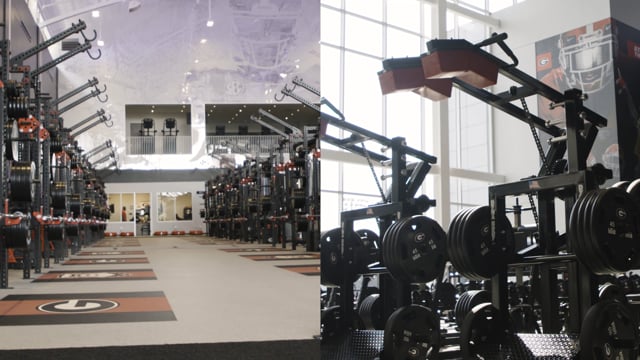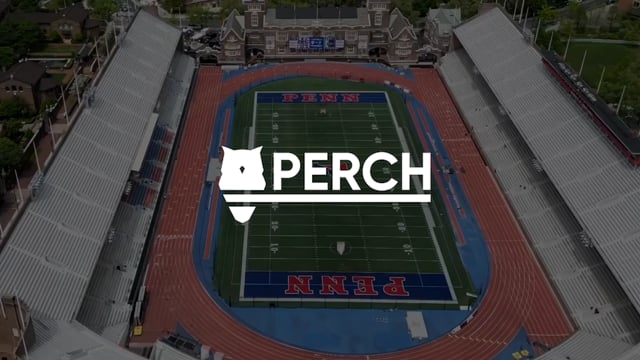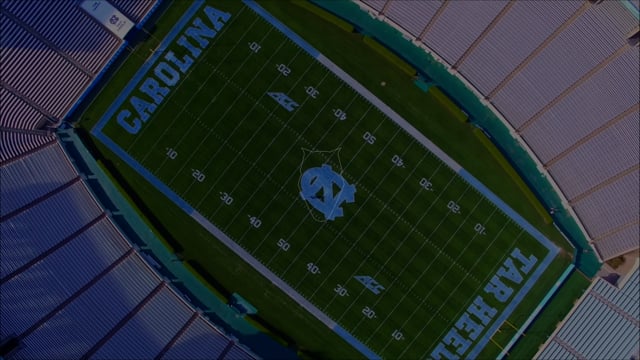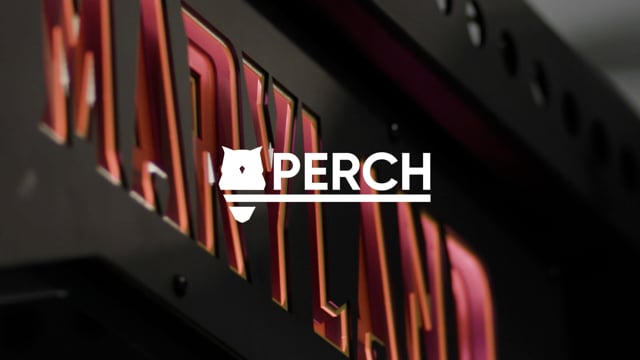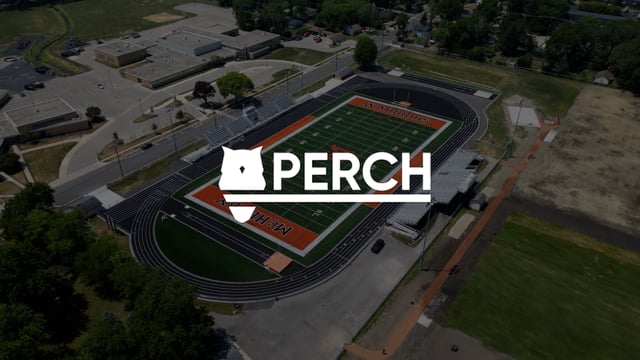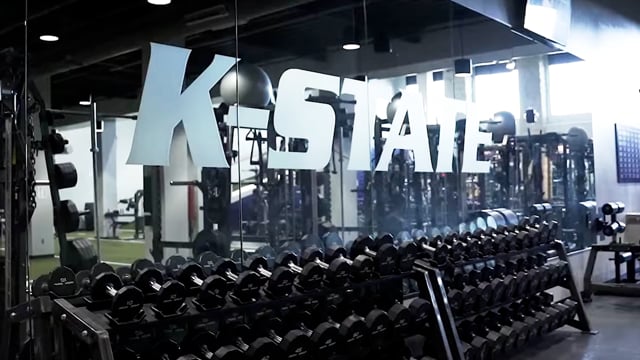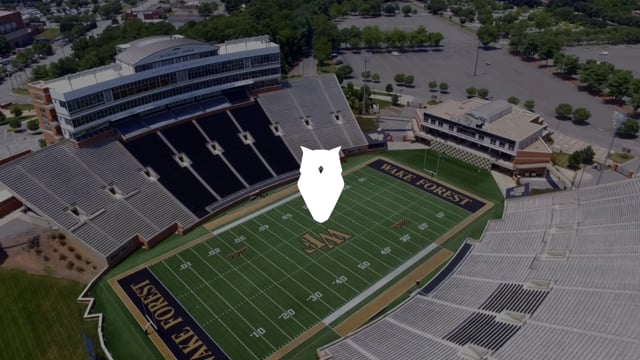University of North Carolina Football

University of North Carolina Football and Perch Case Study
Getting Started With Velocity Based Training
Coach Brian Hess and his staff at University of North Carolina are no strangers to implementing velocity based training. Hess has been using Tendo Units since his days at West Point. He brought the same philosophy of emphasizing force production in football players to UNC since his appointment in 2019.
Upon arriving at UNC, he began looking for more efficient ways to do everything in the weight room. His athletes are strong, they are fast, but how can he optimize their training to extract even more out of them in the weight room throughout the training season?
Hess learned about Perch in 2021, and after an extended demo where Perch worked on improving tracking for exercises Hess cared about the most, he was convinced. The UNC Football facility was fully installed with Perch in early 2022 and they haven’t looked back since.
Coach Simon Haake heads up UNC Football's Sports Science. He is now able to extract the data from Perch and collate it with GPS, Force Plates, sprint work, and more. He gains a complete view of athlete performance through the data and he, Hess, and the rest of the UNC Football Sports Performance Staff use it to make informed decisions around training.
The biggest difference they’ve noticed from Tendos to now? The 180 on ease of use. Athletes and coaches alike are able to see data immediately and over time, and that saves time, money and helps make better training decisions.

Implementing Weight Room Technology
Says Coach Hess: “We utilize the trap bar jump shrug for our power development and Perch has been incredible for allowing our athletes to get feedback on it, so they're not just jumping with the trap bar in their hands, they're getting feedback on how fast that bar is moving, what their power output is.”
Metrics have value much bigger than the number provided, feedback helps adherence, buy-in and so much more. “So that trap bar jump shrug and that feedback is what makes that movement have value and it's a huge movement for us,” said Hess.
“On top of that, it's going to get thrown on the TV so it's going to rank the guys and just anything competitive is going to get great effort from the guys so right out of the gate just using the Perch for that trap bar jump shrug is huge for us.”
And then lastly Hess said, “We’re also going to utilize it for our traditional dynamic effort. So putting force into the ground as fast as possible. The feedback is key for that, we know the quality that we're training based on the speed that's coming off that bar. But also to drive that effort from the guys Perch has been huge for us.”
UNC Football uses Perch to track velocities, power outputs, range of motion, basically anything you can think of that is trackable in a weight room, UNC is noting those metrics using Perch, and Coach Simon Haake’s own dashboards. Says Haake, “I’m using GPS, Perch, Force plates, etc. We can track every metric throughout the year compare guys to each other compare them to themselves in the past and we’ve got a lot of information. Post training I’m analyzing every single one of our guys reps on my computer, the ability to use this technology in the weight room has been fantastic for us.”
UNC uses a ton of data, sure, but they’re also incredibly active coaches on the weight room floor. Checking in with athletes, building relationships, and fostering trust and inclusion in the weight room to facilitate teamwork and cohesion on the football field.

Weight Room Culture with Technology
As far as athlete adherence goes - technology that works facilitates compliance. When Tendo units were slow to boot up or hard to monitor progress over time, or athletes had to manually write their velocities over time, compliance was tougher. Says Hess, “We’ve always had velocity based training and we used different systems but the great thing about this is that it’s all going to get uploaded. Now we can actually take action on those numbers that we’ve been collecting where before it was more just to drive that effort, have them in the zone of speed we wanted and now it’s evaluating that athlete, evaluating the program, and making changes as needed.”
UNC Football uses VBT for one particularly interesting lift: Trap Bar Jump Shrug. Used as their explosive movement, the team makes sure to not drop below 3% of their best effort on this movement. The result? A room full of athletes encouraging each other to keep bettering their best, keep maximizing their maximal effort. And you better believe that boils over onto the football field.
The technology used inside a weight room can foster the environment coaches and athletes in competitive programs need to optimize performance where it counts the most: on the field of play. Using Perch, UNC has been able to take their technology and outputs to the next level, and it’s starting to show.
Tips and Tricks
- Let your athletes compete: They’re here to compete, let them. Use technology not to detract from the training session, but let it inform performance, let them see numbers and objective feedback and compete with them. Let those numbers drive a session, a week, a block, and a season. Compete!
- Make sure you have a great sports scientist: The amount of data is large, and only getting larger. And that’s from multiple different pieces of technology. Invest in a sports scientist for your program who knows what to do with the data, how to parse it, and how to make it actionable. It is a big deal.
- Blend technology into your program: This doesn’t have to be a massive changing of the guard. Know what you want to measure and why, introduce tech to your athletes and let them learn it, always give them a why (competitive leaderboards don’t hurt here!) Incorporate more and more of the technology as you can see adaptations take place and you want more data and know how to use it.

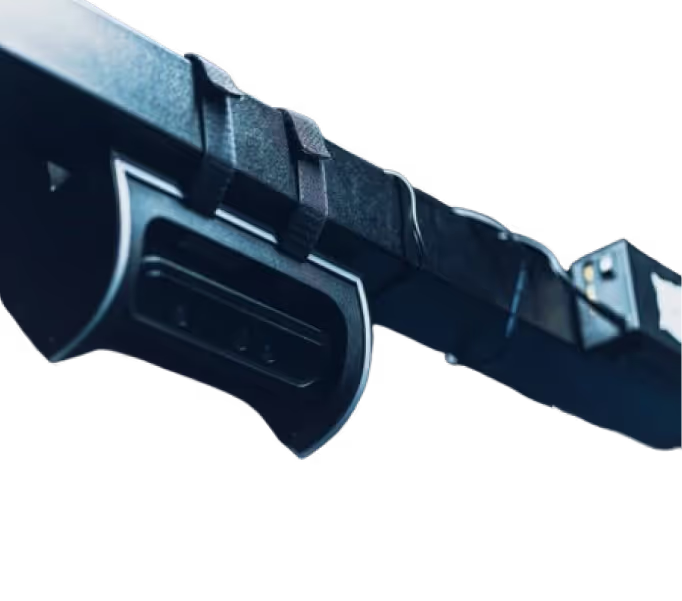
Start Gathering Data With Perch Today!
Reach out to us to speak with a representative and get started using Perch in your facility.
